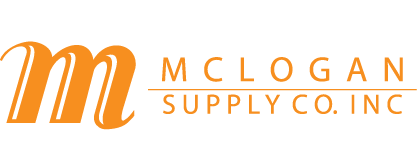

CASEYS' TRANSLUCENCY is a high-quality vellum like paper designed for laser printers and copiers. Screen Printers use this laser printer output as a positive for burning screens. This is an inexpensive alternative to using a camera and film. Why? Because Caseys' Translucency is less expensive than film and saves the cost of a camera. Caseys' is also more durable and more stable than other vellums, meaning it won't shrink and wreck your separations. Finally, Caseys' Translucency is designed specifically for use with laser printers and copiers and won't jam or damage your printer like cheaper drafting vellum.
Caseys' Translucency is a vellum-like material especially designed for you, the screenprinter, to make inexpensive positives directly from your laser printer or copier. We manufacture Translucency at approximately 30% relative humidity (RH), which is fairly dry. A few customers, who live in moist climates have experienced difficulties with registration of color separations. These difficulties are easily fixed and can be attributed to differences in humidity. When our hermetically sealed package of Caseys' Translucency is opened, it absorbs moisture from the air. The dilemma is that the page at the top of the stack may achieve 65% RH, while 10 sheets down may be only at 45% RH.
Pages wiith different moisture levels will print differently. Your laser printer applies heat that drives out moisture and contracts the page. A sheet printed at 65% RH and one at 45% , will shrink by different amounts respectively, and separations won't align. This matter is further complicated because relative humidity is constantly changing with the weather. In an ideal situation all of the sheets would be at 30% RH, the lower the RH the better, however it is better to have all the sheets at 65% RH, rather than have some at 30% and some at 45%. What you are trying to accomplish is a stable moisture level for all your sheets of Translucency.
If money is no object, climate control the room with your laser printer and exposure unit at 30% RH. A more practical approach would be to keep your Translucency in a sealed zip-lock bag until it's time to print separations, then return the printed separations to the bag for storage until you expose the screens.
